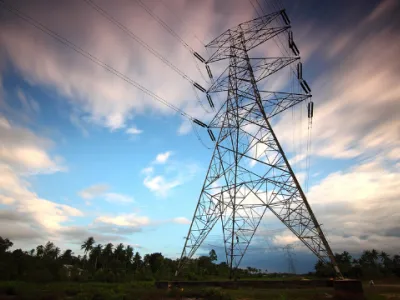Looking at Otter Tail’s plans for the future

Published September 22, 2021
What is an IRP?
This fall, numerous utilities across Minnesota are filing Integrated Resource Plans, or IRPs, with the Minnesota Public Utilities Commission (“PUC”). Among those utilities are Xcel Energy, Minnesota Power, and Otter Tail Power. But what exactly is an IRP? Essentially, the purpose of an IRP is to lay out a utility’s plan for the future, including which generation resources it will use, the expected supply and demand on its energy system, and the potential financial impact of the plan on the utility and its customers. When evaluating IRPs, the PUC looks to whether the plan ensures the reliability of service, avoids adverse impacts on customers and the utility, and keeps customer costs low, among other considerations.
IRPs often result in large, complex dockets that prevent CUB from meaningfully participating in all proceedings at once. However, we want to make sure that consumers across Minnesota are aware of when their utilities are filing IRPs and what those plans might mean for them. For that reason, even though CUB is unlikely to have the capacity to participate in Otter Tail Power’s IRP proceeding, we have included an overview below.
Otter Tail Power IRP
Otter Tail Power Company (“Otter Tail” or “the Company”) serves approximately 64,000 customers in northern Minnesota, as well as customers in North and South Dakota. On September 1, 2021, the utility filed its Integrated Resource Plan for 2022-2036 with the Minnesota PUC (see Docket No. E017/RP-21-339). As part of its plan, Otter Tail proposes to (1) sell its ownership interest in Coyote Station; (2) modify Astoria Station to use fuel oil in addition to natural gas; and (3) add 250 megawatts (“MW”) of renewable energy onto its system. Otter Tail predicts that these investments and actions could reduce consumer costs.
Coyote Station
Coyote Station is a 428 MW, coal-fueled generation plant near Beulah, North Dakota. The plant is co-owned by Otter Tail and other utilities, with Otter Tail owning an undivided 35 percent interest in the plant. Otter Tail proposes to divest, or sell, its interest in the plant to another co-owner or third party by 2028. As part of its IRP, the Company found that withdrawing from Coyote Station would allow it to have a more flexible generation portfolio and reduce emissions and consumer costs. The Company acknowledges that while there are costs associated with withdrawing from Coyote Station, it will work with community members and elected officials to reduce any impacts to its customers.
Duel Fuel at Astoria Station
Otter Tail has proposed implementing a “dual fuel” system at its Astoria Station in South Dakota, which is a 245 MW natural gas peaking facility added as part of Otter Tail’s 2016 IRP and which came online at the beginning of 2021. The Astoria Plant was designed and built as a natural gas plant. However, Otter Tail has suggested that modifying the plant to use fuel oil could provide price protections in the case of another natural gas price spike similar to the one caused by Winter Storm Uri in February, 2021.
Renewable Energy Additions
By law, utilities in Minnesota are required to use renewable energy sources if they are the least expensive option available. In addition, under Minnesota’s renewable portfolio standard (“RPS”), Otter Tail was required to produce 20% of its energy from renewable sources by the end of 2020, with an additional 1.5% coming from solar energy. By 2025, this amount increases to 25% of retail electricity sales, with the solar requirement remaining the same.
Otter Tail has recently made steps towards including more renewable resources in its generation mix. At the end of 2020, the Company’s 150 MW Merricourt Wind Farm went online in North Dakota. The Hoot Lake Solar project, a 49.9 MW solar installation already approved by the PUC, is expected to come online in 2023. In addition to these projects, Otter Tail includes plans in its IRP to build 250 MW of additional renewable resources: 150 MW of solar by 2025 and 100 MW of wind by 2027.
Conclusion
The above referenced actions form the basis of Otter Tail’s IRP. If you want to view the full filing, you can access it here. While CUB does not currently have the capacity to participate in the IRP proceedings, interested parties can submit comments on Otter Tail’s plan through the end of the initial comment period on January 10, 2022. The public can submit comments here.